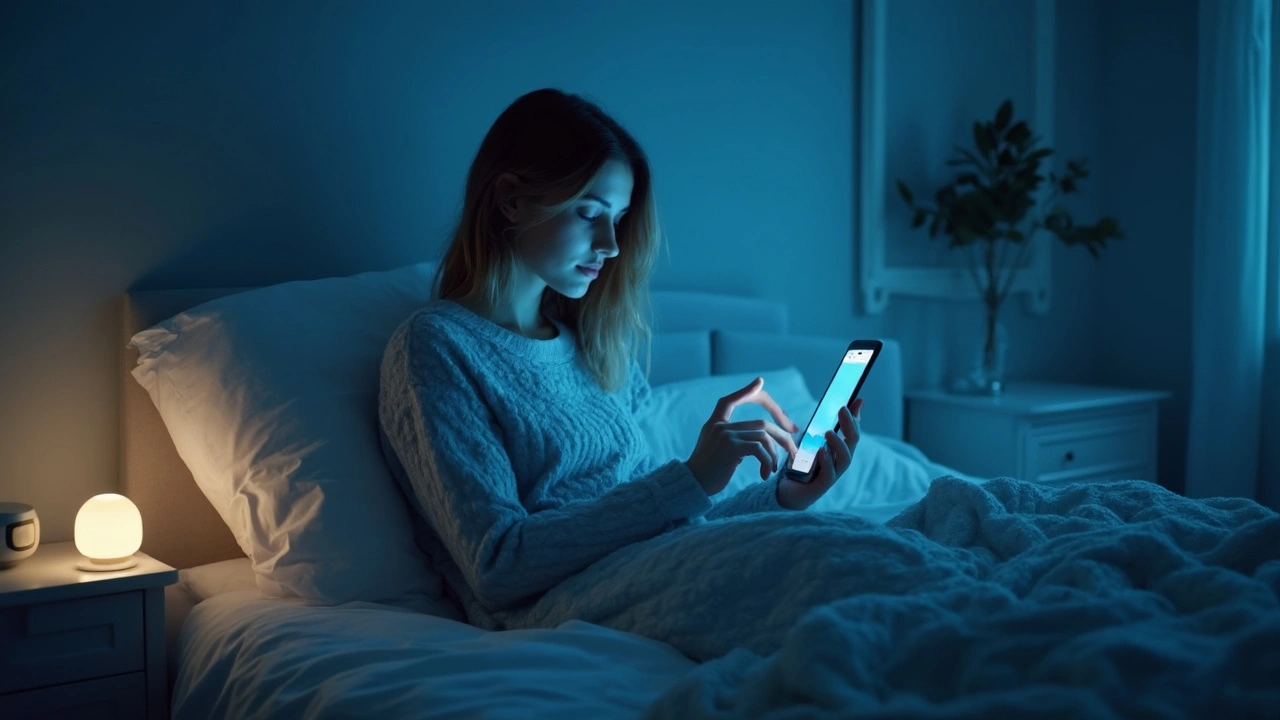Sleep Management: Practical Tips for Better Rest
If you’re scrolling through endless advice about getting more sleep, you probably want something that actually works. The good news is you don’t need a fancy gadget or a strict schedule – just a few smart changes can make your nights far more restful.
Create a Sleep‑Friendly Bedroom
The room where you sleep sets the tone for how quickly you drift off. Start by keeping the space cool, around 65°F (18°C). Warm rooms signal wakefulness, while a cooler environment helps your body lower its core temperature – a natural cue to fall asleep.
Light is another big factor. Use blackout curtains or an eye mask to block streetlights and early morning sun. If you need some illumination, opt for a low‑wattage night light that won’t trigger alertness.
Noise can be a silent sleep killer. Earplugs work well, but a white‑noise machine or a fan can also drown out sudden sounds that might jolt you awake.
The right bedding matters, especially if you have asthma or night sweats. Our guide on best bedding for asthma and night sweats breaks down hypoallergenic, moisture‑wicking fabrics like bamboo and Tencel that keep airways clear and skin dry.
Daily Habits that Boost Your Nightly Rest
Your daytime routine directly affects how you sleep. Try to get sunlight exposure within the first hour after waking – it tells your internal clock that it’s daytime. If you work night shifts, use bright lights during work and wear sunglasses on the way home to keep your rhythm steady.
Limit caffeine after 2 pm and avoid alcohol right before bed. Caffeine stays in your system for up to six hours, while alcohol can fragment sleep later in the night.
Exercise is a proven sleep aid, but timing matters. A brisk walk or light jog early in the day helps you tire out without raising body temperature too close to bedtime.
Wind down with a calming ritual: dim lights, read a paperback, or practice deep breathing for five minutes. The goal is to signal your brain that it’s time to switch off.
If you still struggle, consider whether any medication might be interfering with sleep. Some antidepressants, stimulants, or even certain allergy pills can keep you wired. Talk to a pharmacist or doctor about alternatives or timing adjustments.
Finally, keep a simple sleep log for a week. Jot down when you go to bed, wake up, caffeine intake, and any naps. Patterns often emerge that point to the real culprit – whether it’s late‑night snacking or an inconsistent bedtime.
Implement these tweaks one at a time and give each a few nights to show results. You’ll likely notice deeper sleep, fewer awakenings, and more energy during the day without needing any expensive tech.

Delayed Sleep Phase Syndrome can turn your nights upside down, leaving you wide awake while the world sleeps. Luckily, technology is stepping in to help reset our internal clocks. In this article, discover how gadgets and apps can assist in managing sleep schedules, offering practical tips and insights. Learn about the impacts of modern tech on our sleep patterns and the innovations that promise better rest for night owls.
Read more
